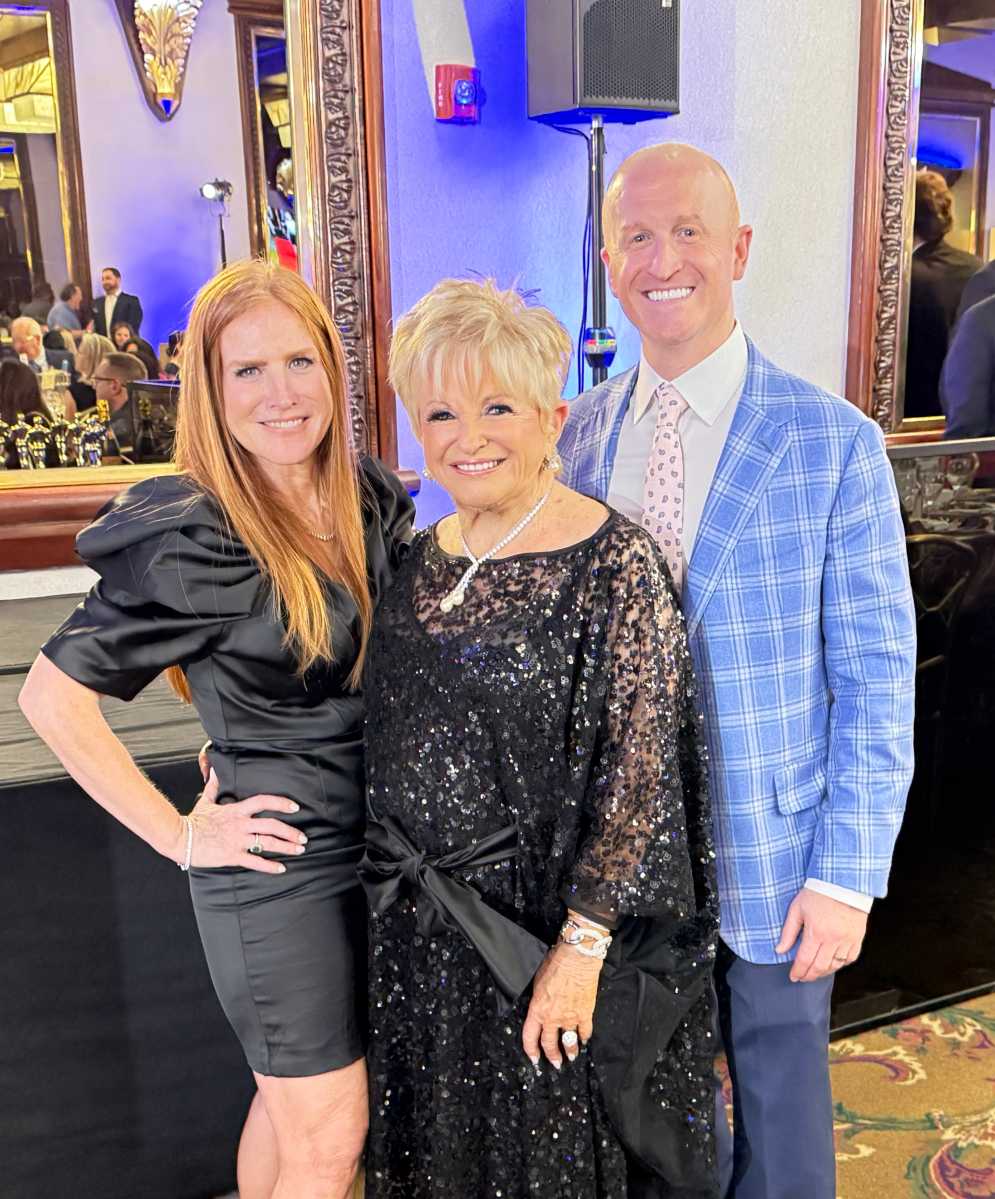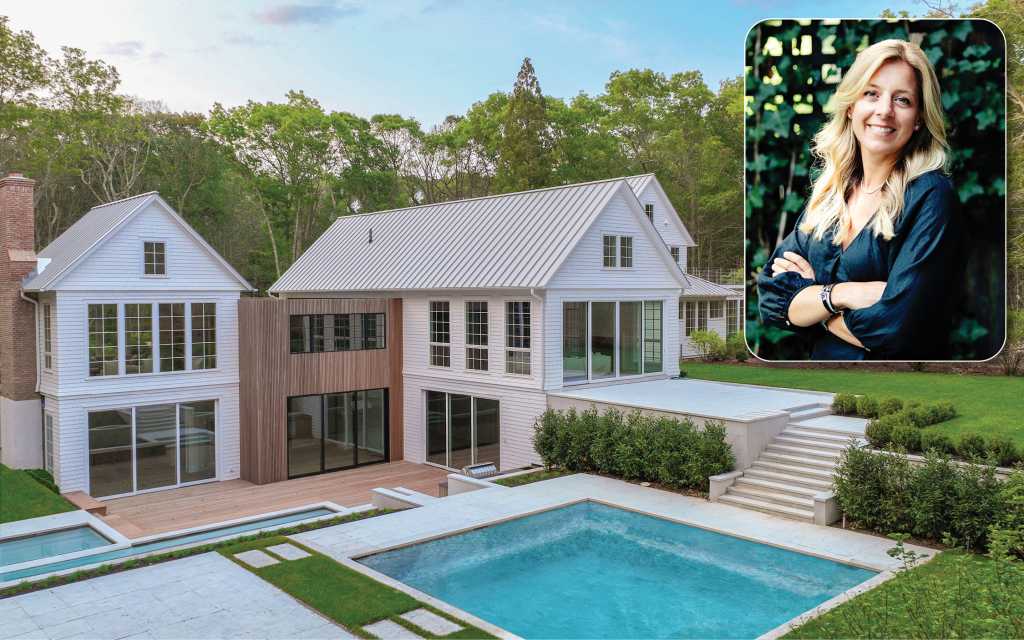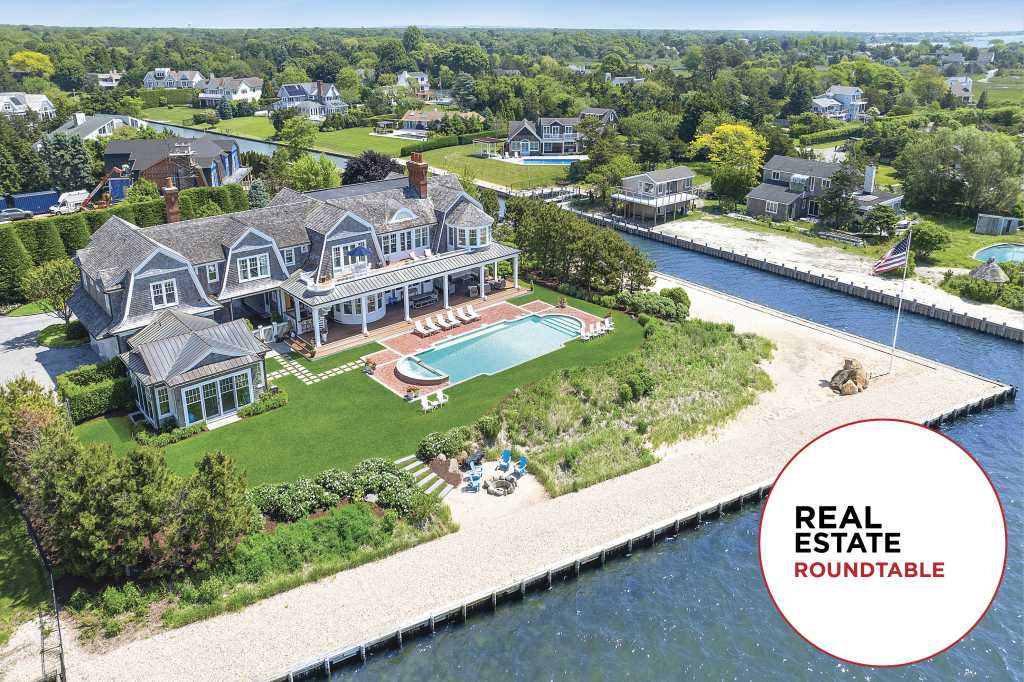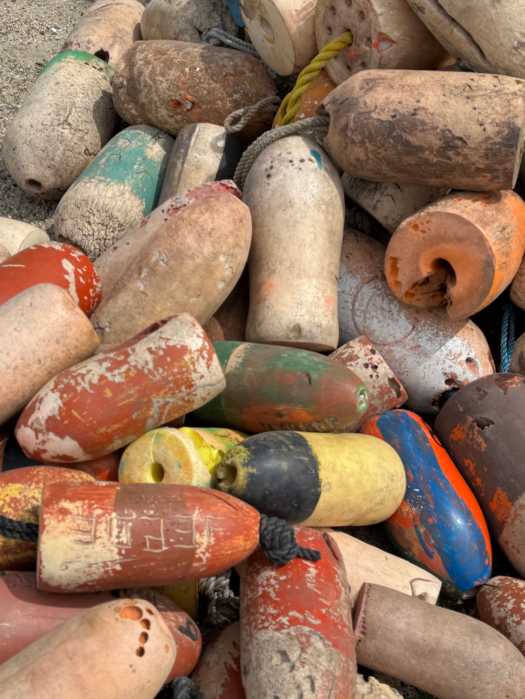The Long Pour: Are Long Island Wines Any Good?
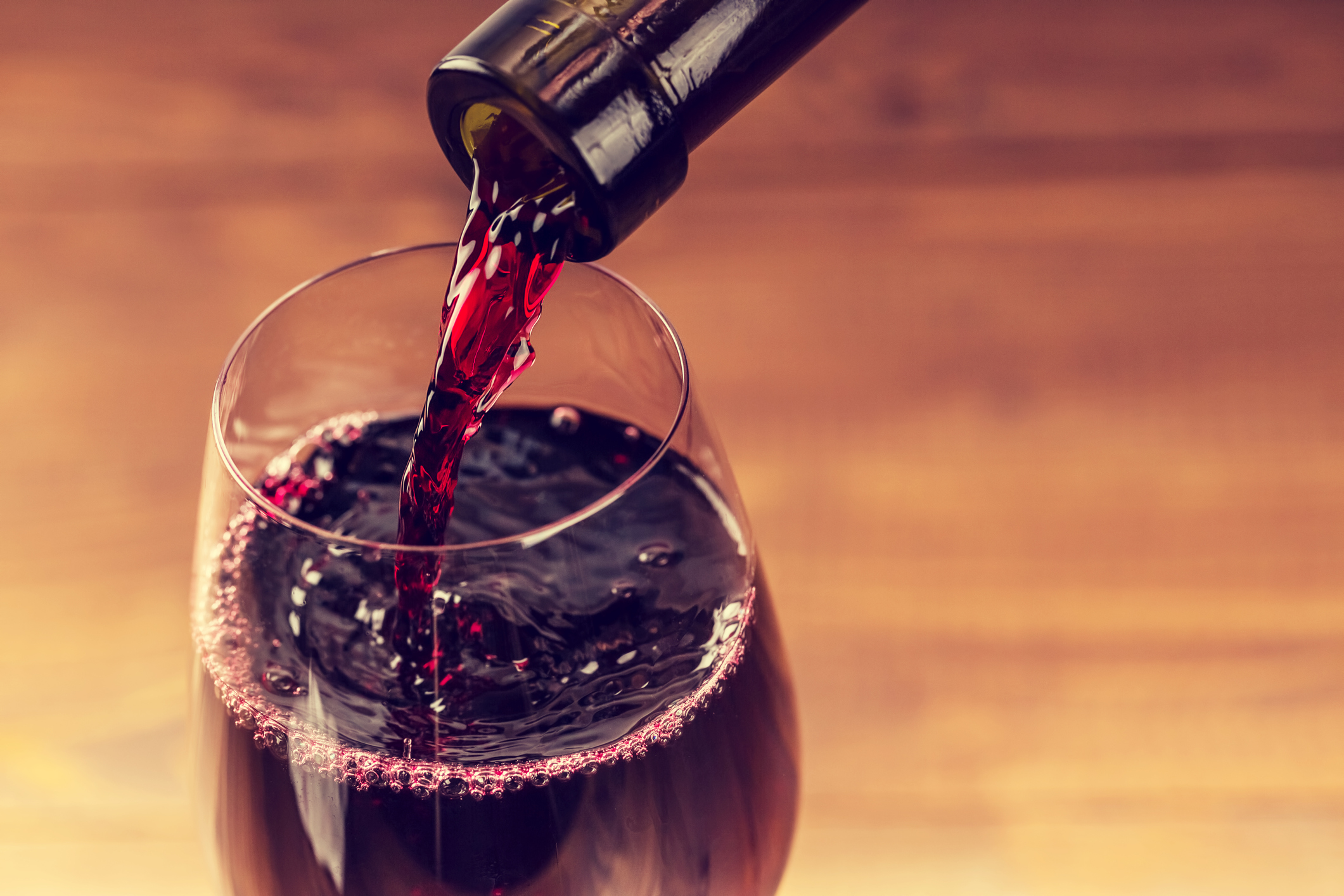
We hear this question a lot in the restaurant [Calissa]. I don’t know why. Deep-seated American insecurity about the quality of their wine production?
Is there a Master of Whisperers hired by a nascent New Jersey wine scene secretly trying to discredit the wine industry in its (justifiably) more important neighbor to the East? Certainly, there is no cabal of winemakers, restaurants and wine shop owners plotting in the back room. If they are, I have not been invited.
One way to judge the quality of a wine region is to look at whether it creates age-worthy wines. Many of Long Island’s premier vintners (I hesitate to name a handful if only because I have no right to bestow that title) produce age-worthy reds that can lay in a cellar for a decade or more. Invariably, these wines are a blend of Cabernet Sauvignon and one of the five Bordeaux red wine varietals—Merlot, Cabernet Franc, Petite Verdot and Malbec (OK, OK, you too, Carmenere).

Cabernet Sauvignon is one of the dominant red varietals grown by winemakers on Long Island, second only to Merlot. How did this particular grape rise to prominence amongst Long Island winemakers?
When I first started learning about Long Island wines, I was told that the winemakers grew Bordeaux varietals because the Long Island AVAs were on the same latitude as Bordeaux. This didn’t make sense, at least to me. Illinois is on the same longitude and to the best of my knowledge, there is no burgeoning wine scene on the shores of Lake Michigan.
The reasons for Cabernet Sauvignon’s prominence in Long Island wines are far more direct. The grape has cache, it works with the terroir and sells well as a commodity. After all, wine is exactly that: A commodity.
The king of the noble varietals, Cabernet Sauvignon is probably the best-known grape used in winemaking, known to both the discerning collector and the nervous college student on their first (real world) date. It is the love child of two other noble varietals—Cabernet Franc and Sauvignon Blanc.
In 1976, the wine world experienced a forerunner to the Miracle on Ice. Prior to 1976, the West Coast had been producing excellent wines, but few European tastemakers paid any notice (probably for any number of reasons). A British wine merchant named Steven Spurrier organized a global wine tasting competition called “the Judgement of Paris” a clever allusion to Greek mythology and even more clever publicity stunt. Spurrier pitted American wines against some of the top wines of France immortalized in the movie Bottleshock.
To almost everyone’s surprise, a Napa Valley wine outranked French vintages at the tasting competition. Stag’s Leap Vineyards Cabernet Sauvignon bested several first growth Bordeaux wines in the red category and Chateau Mondelana Chardonnay took home first place
in the white wine category. The Contest of Paris helped catapult Cabernet to the top of mind for American wine consumers.
Winemakers love Cabernet Sauvignon because of its balanced tannins, which allow its wines to age beautifully in oak (the oak also introduced new flavors to the wine). Cabernet Sauvignon grapes are also known for thick and durable skin, making them somewhat easier to grow in a variety of climates.
In 1988, Cabernet Sauvignon became the seventh most grown grape in the world. By 2010, it became the most popular grape variety. To this day, there are more than 750,000 acres of Cabernet Sauvignon planted around the globe.
For the consumer, Cabernet is not only a prestigious varietal, it is also a versatile one. Cabernet is relatively easy to pair with food. One of the most popular Cabernet Sauvignon food pairings is beef, which Americans consume in quantities that exceed most countries. The fat in steak interacts with tannins and makes the taste more approachable.
Long Island is similar to Bordeaux in ways besides longitude. Both regions are close to the ocean. Because Cab Sauvignon enjoys warmth, it tends to do better in gravel-based soils, which absorb the heat of the sun and radiate the warming rays up toward the vines. Long Island’s maritime climate and its unique glacial soil, which includes gravel on the North Fork, form the key natural components of Long Island terroir. The cooling breezes off the Long Island Sound and Atlantic Ocean temper the summer heat.
How did Cabernet Sauvignon come to be grown on Long Island? Mystery solved. We are now off to dig up Giant’s Stadium and hopefully find Jimmy Hoffa.
